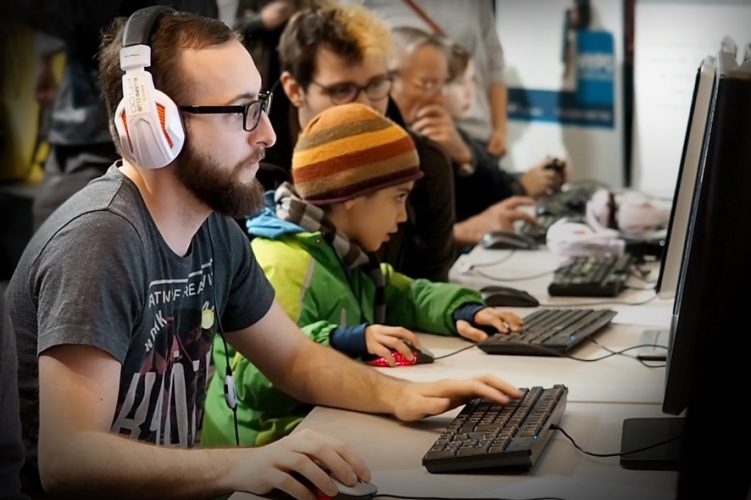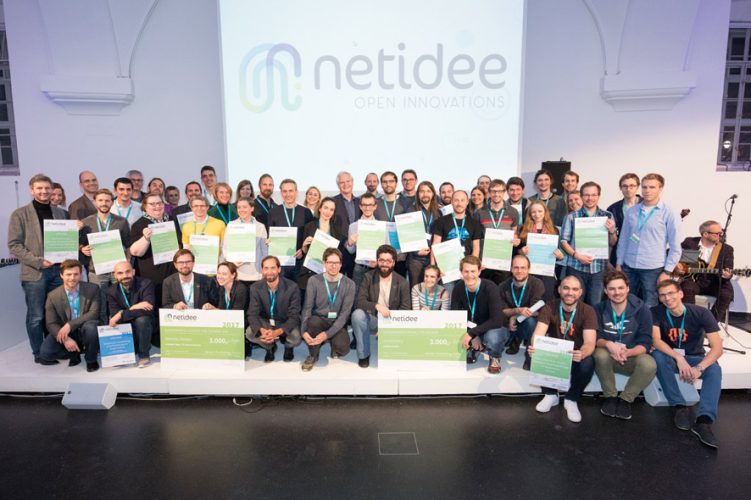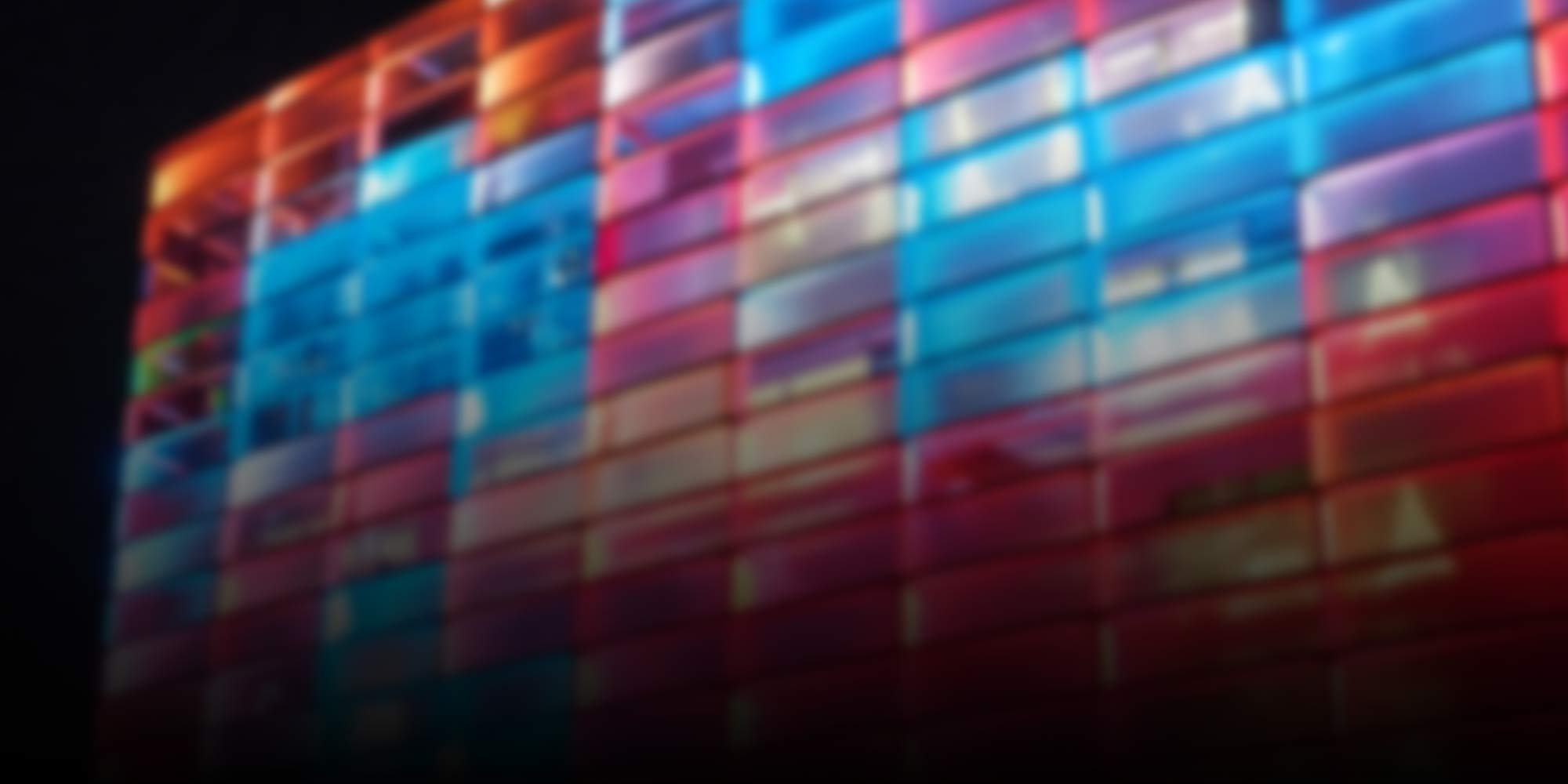
Awards & Residencies
-
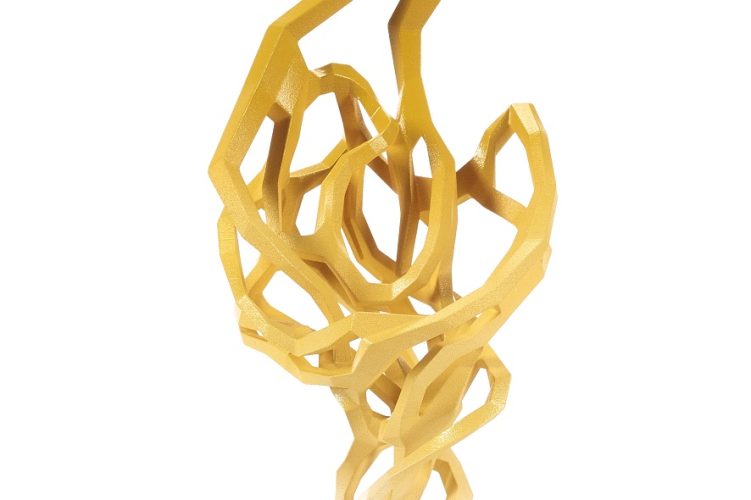
STARTS Prize 2018: Meet the Jurors!
The prominent international experts who make up the 2018 STARTS Prize jury will gather at the Ars Electronica Center on April 23rd. Their task is to select this year’s recipients on behalf of the European Commission. Read thumbnail bios of the individual jurors here.
-

Prix Ars Electronica 2018: The Jurors (2)
The Prix Ars Electronica’s search for the world’s best works of media art runs until March 12, 2018. In this update, we proudly present the jurors in the Computer Animation and u19 – CREATE YOUR WORLD categories. A Golden Nica grand prize is up for grabs in both!
-
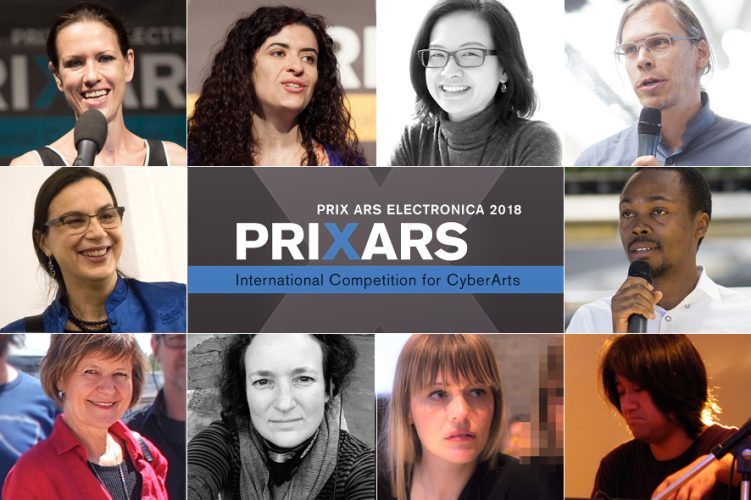
Prix Ars Electronica 2018: The Jurors (1)
Contestants still have until March 12st to submit their work for Prix Ars Electronica prize consideration. Four international juries will convene in April to select this year’s Golden Nica recipients. Here were proudly present the jurors in the Digital Communities and Interactive Art + categories.
-
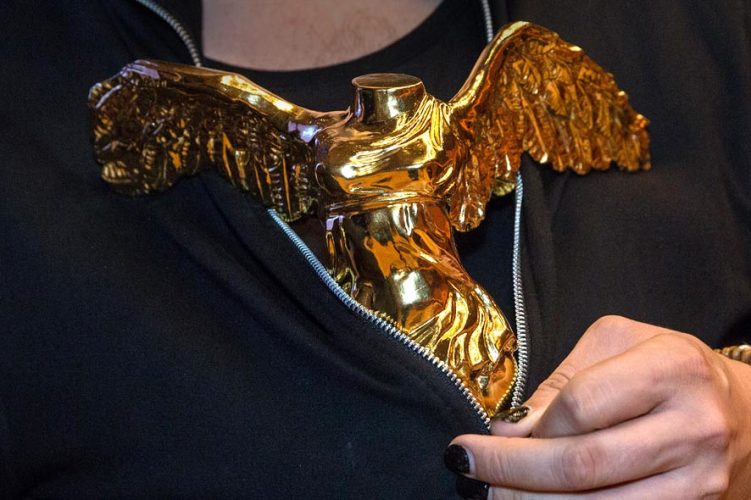
Prix Ars Electronica 2018: Submit Your Entry Now!
A new year, a new opportunity! The Prix Ars Electronica seeks outstanding works of media art. The entry deadline is March 12th. Prizewinners receive cash awards of up to €10,000 per category and a featured appearance at the 2018 Ars Electronica Festival. In this interview, Ars Electronica Artistic Director Gerfried Stocker talks about this time-honored…
-
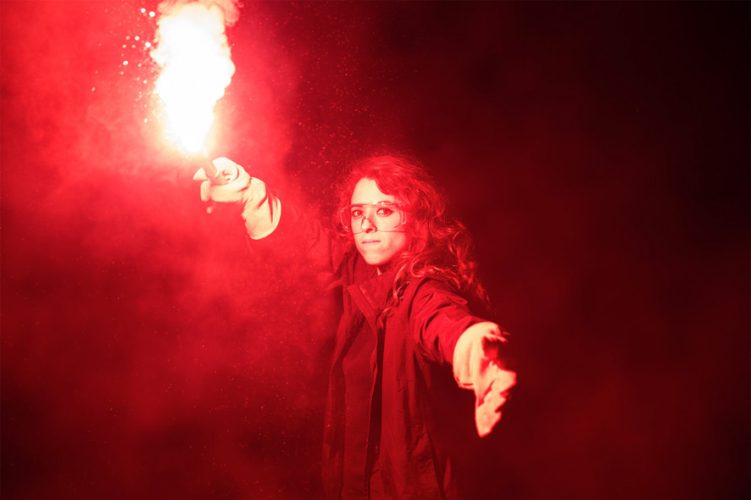
European Media Art Platform: New Residencies for Media Artists
WANTED: up-and-coming talents in media art! The European Media Art Platform awards several two-month residencies at 11 European institutions. In this interview, Peter Zorn of Werkleitz goes into detail about the network, and Ars Electronica’s Veronika Liebl recaps the European Digital Art and Science Network’s activities since its launch in 2015.
-

FEAT: Arts and Technologies of the Future
The FEAT Project staged seven nine-month residencies in which artists worked together with scientists at the interface of art and technology. At the FEAT interview panel on Saturday, September 9, 2017 at the Ars Electronica Festival, panelists will discuss why this collaboration can occasionally be difficult but is rewarding nevertheless.
-
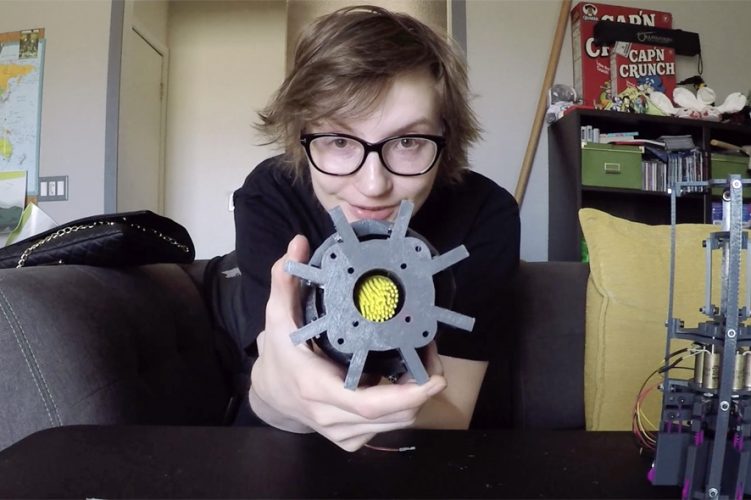
The Wandering Artist Project
For her proposal to send a robot with artistic skills into outer space, robotics engineer Sarah Petkus was the recipient of an Honorary Mention from the 2016 art&science@ESA. In this interview, she talks about her plans for her upcoming residency at the European Space Agency (ESA) and the Ars Electronica Futurelab, about humane robots, and…
-
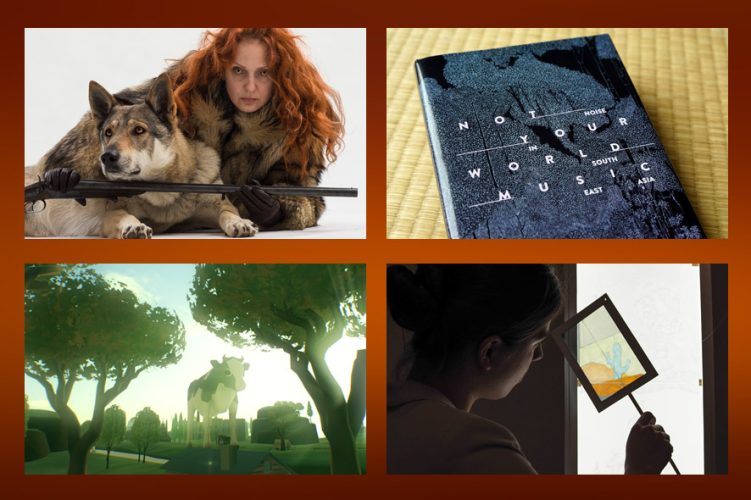
The 2017 Golden Nicas
Congratulations to the winners of the 2017 Golden Nicas! 3,677 entries were submitted from 106 countries for 2017 Prix Ars Electronica prize consideration. We would like to introduce you to the award-winning works now.
-
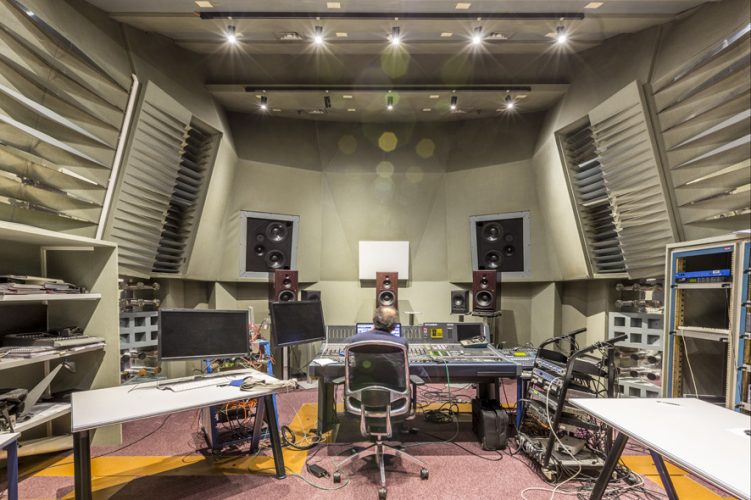
VERTIGO STARTS: Artists Wanted!
Now that the 2017 STARTS Prizes have been selected, the European Commission’s STARTS initiative is launching another attractive program. Artists can now apply for a residency in which they create a new work of art using the technology of the R&D project of their choice. The entry deadline is May 22, 2017.
-

The Artist-in-Residence is Yen Tzu Chang
Yen Tzu Chang (TW) is the recipient of the residency STEAM imaging jointly hosted by the Fraunhofer Institute for Medical Image Computing (MEVIS) and Ars Electronica. The Taiwanese media artist will thus have a unique opportunity to work closely together with the Institute’s research staff.
-
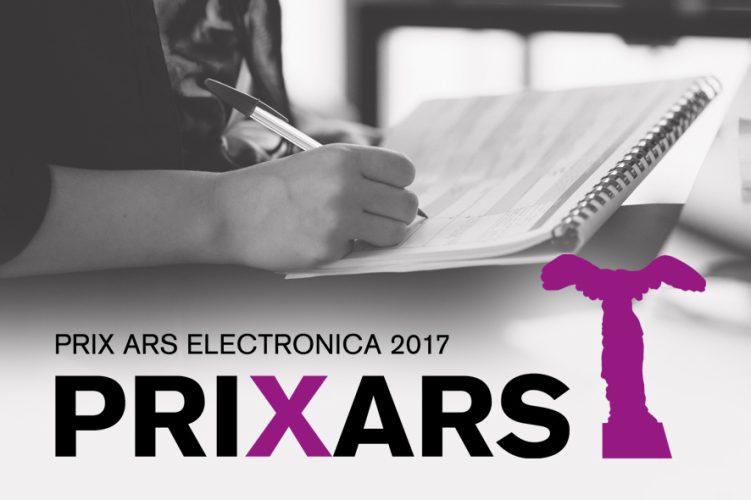
Introducing the 2017 Prix Ars Electronica Jurors
The extended deadline to submit entries for 2017 Prix Ars Electronica prize consideration is March 13th! That’s when the respective international juries take up the task of naming this year’s prizewinners. So, who exactly are these ladies and gentlemen who’ve been appointed arbiters of excellence in media art?
-

STEAM Imaging: An Experiment in Art & Science
The Fraunhofer Institute for Medical Image Computing (MEVIS) has announced an exciting artist-in-residency program that focuses on links between art and science. They’re also integrating pupils into this experiment.
-

Prix Ars Electronica Seeks Female Media Artists!
Entries to the competition to determine the honorees of the 30th Prix Ars Electronica are now being accepted! Four Golden Nica statuettes and prizemoney of up to €10,000 in each category await this year’s outstanding media artists. But what’s the story with gender distribution among Prix Ars Electronica prizewinners? We discussed this issue with Gerfried…
-
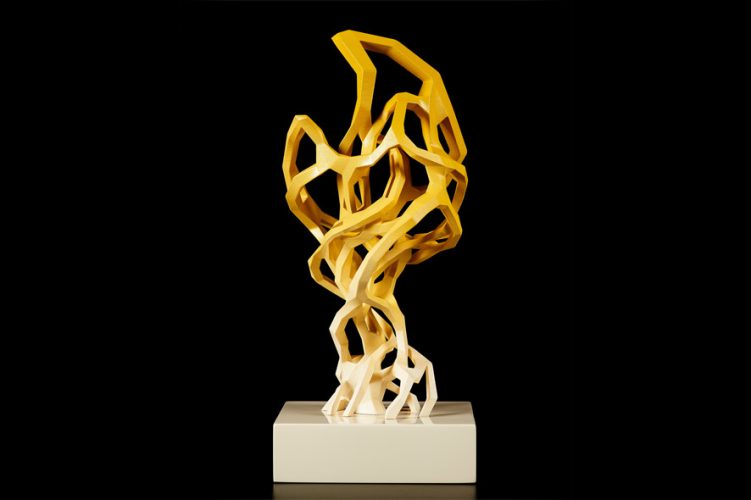
STARTS Prize 2017: When Art Enters Other Spheres
In what ways do science, technology and art overlap? What is innovation? And which technological developments will be successful over the long run? Gerfried Stocker, artistic director of Ars Electronica, and Veronika Liebl, STARTS project manager, discussed these topics with us.
-
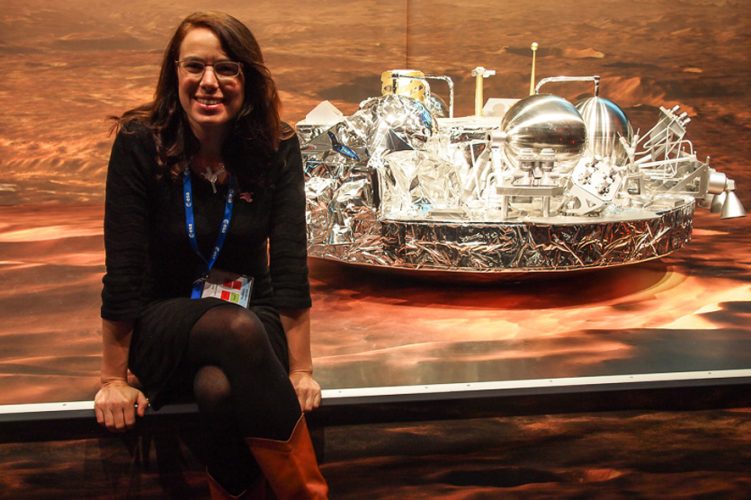
The Journey to Mars
Even if signals aren’t being received from the Schiaparelli Test Lander on that evening, we nevertheless had an absolutely fascinating time at the ESA Mission Control Centre in Darmstadt, where we followed the decisive moments of the Mars landing in the company of scientists and artist Aoife Van Linden Tol. Here, we present a few…
-
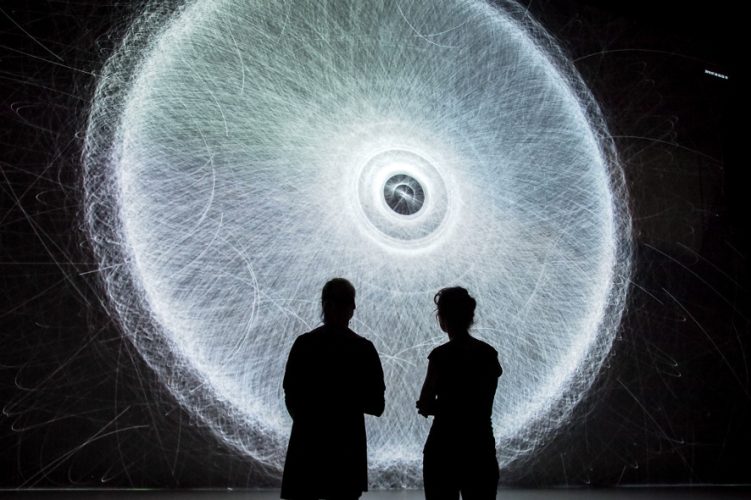
On Absurd Landscapes and Habitable Exoplanets
The artists collective Quadrature began Part 2 of their art & science residency at the Ars Electronica Futurelab a few days ago. The three artists spent the first part at the European Southern Observatory (ESO) in Chile in late May. To find out what they experienced, why they found everything there absurd and what they…
-

Second Story: Old Objects, New Stories
Aoife van Linden Tol takes printed objects that are endowed with emotions and gives them a new start. In her performance “Second Story,” she blows up old photos, passports, love letters, etc. in controlled explosions. Here, she tells us how her first test detonation went, what we can expect in her September performance, and how…
-
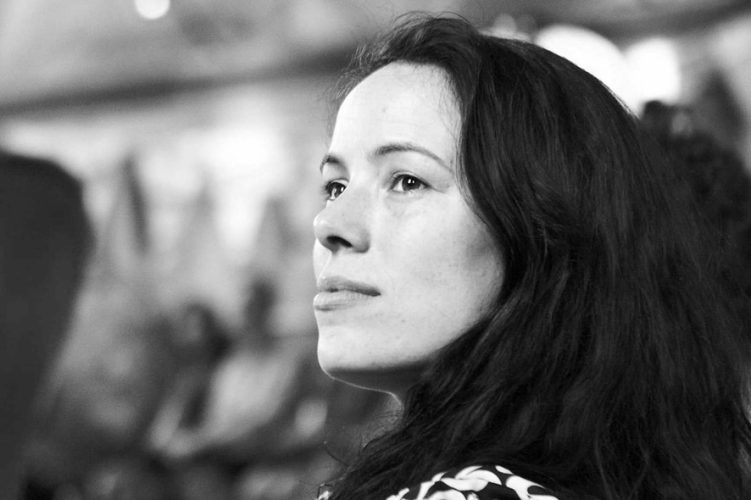
Aoife Van Linden Tol: Explosions as Creative Forces
Violent explosions are sources of particular fascination to artist Aoife Van Linden Tol. An art&science residency is giving her the opportunity to visit the European Space Agency (ESA) and Ars Electronica Futurelab to soak up a healthy dose of inspiration for her next project. In this interview, she talks about, among other things, the fact…
-
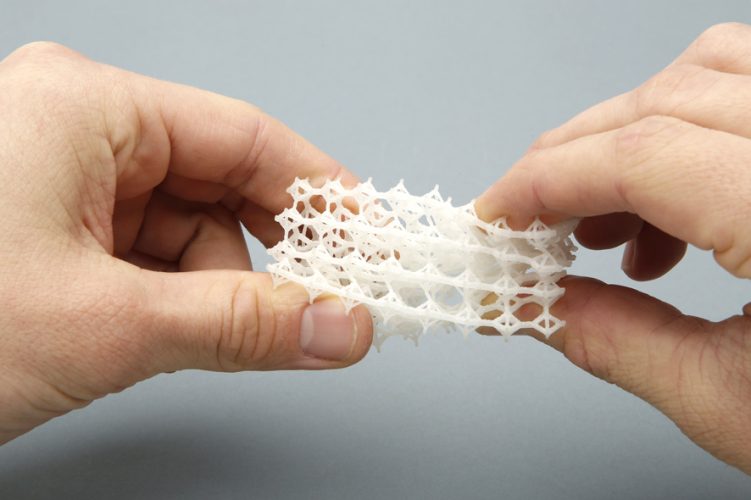
2016 STARTS Prize: Art as Catalyst
The first STARTS Prize competition was conducted by Ars Electronica on behalf of the European Commission this year. The mission: recognizing excellence at the nexus of science, technology and art. Here’s an overview of the winners as well as a few very interesting runners-up and nominees.
-
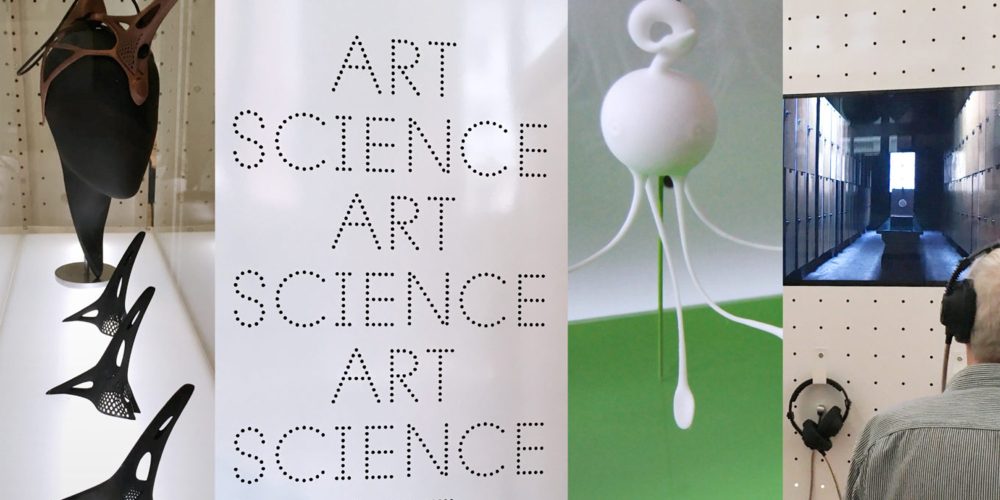
SPARKS project trilogy on touring exhibition
The first series of SPARKS exhibitions running in four European cities showcases four artist-in-residency recipients’ highly individualistic takes on the subject of Responsible Research and Innovation and the fascinating ways they developed them further at the Ars Electronica Futurelab.
-
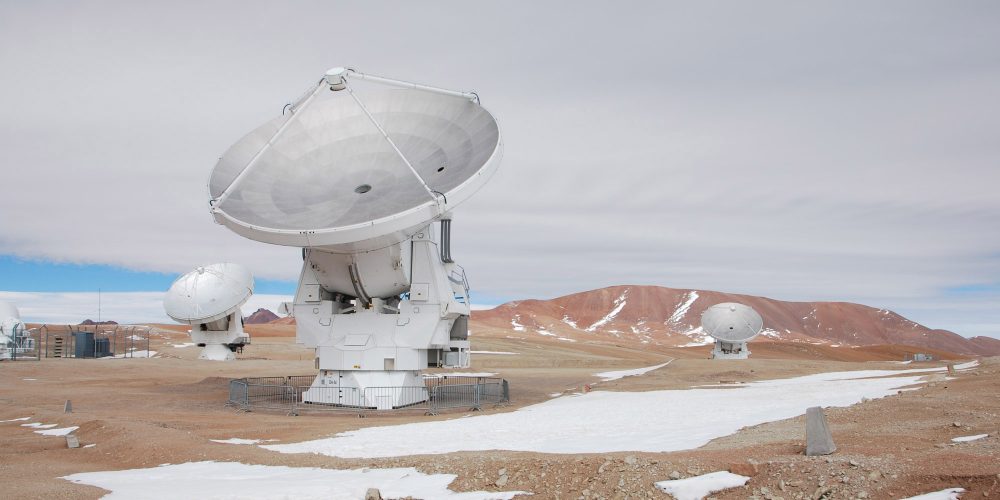
Expedition ESO
“We won’t soon be taking another trip so close to outer space!” Now, that sure hits the nail on the head as a succinct description of the once-in-a-lifetime opportunity this Residency provides. An artists’ collective—Jan Bernstein, Juliane Götz and Sebastian Neitsch—got the nod from the European Digital Art & Science Network’s jury and departed for…
-
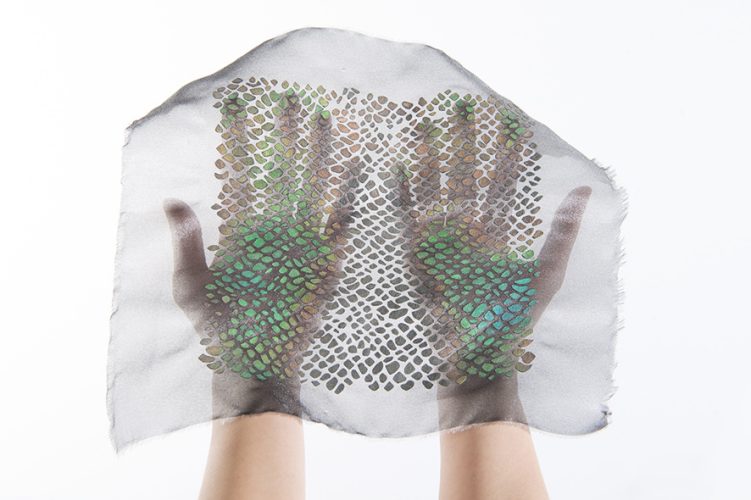
STARTS Prize to “Artificial Skins and Bones”
The Artificial Skins and Bones project seminar conducted by Prof. Mika Satomi and Prof. Wolf Jeschonnek is one of this year’s two recipients of a STARTS Prize awarded by the European Commission. Here’s a briefing on the Berlin Weißensee School of Art and work being done there.
-
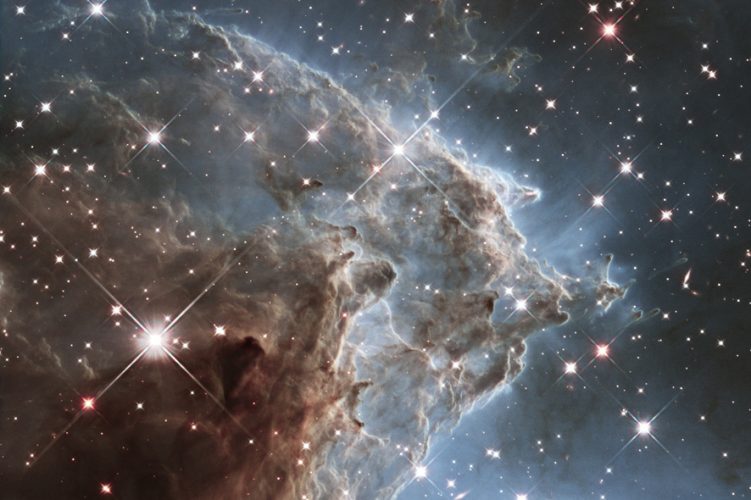
Art and Science: What Does It Mean to be Human?
“You start to understand how little we really understand.” ESA Senior Science Advisor Mark McCaughrean talks about the interplay of art and science, and thinks aloud about whether we’ll ever succeed in getting the knowledge of the cosmos that we’ve accumulated into our modest heads.
-

ESA: To the Comet, and then on to Mars
Artists still have until June 20, 2016 to apply for a residency of several weeks duration at the technical center of the European Space Agency (ESA), where, in autumn of this year, they’ll be on hand to experience two spectacular missions: the landing of the Rosetta Space Probe and the ExoMars Mission. In this interview,…
-
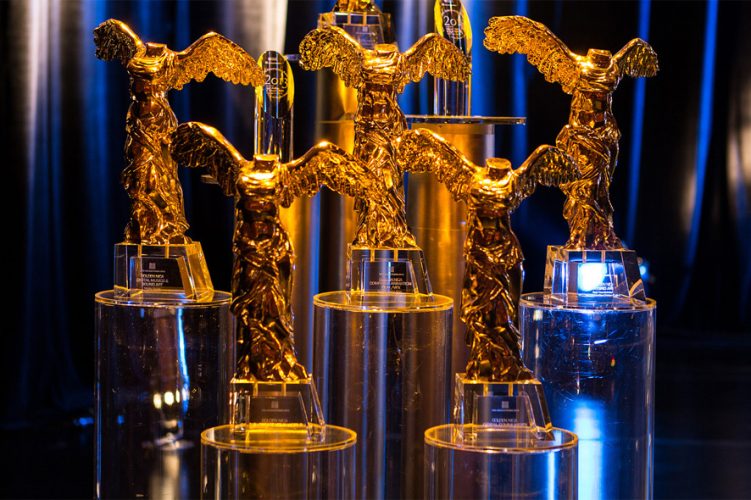
The 2016 Golden Nicas
We proudly present the 2016 winners of the Prix Ars Electronica. A total of 3,159 entries from 84 countries were submitted for prize consideration to the world’s most time-honored media arts competition. Here’s a quick briefing on the grand prize winners.
